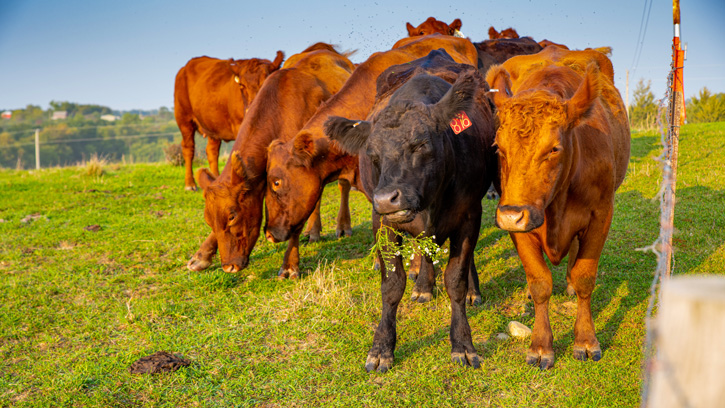
Cargill Shares Sustainable Growing Expertise (Online Exclusive)
In America, Cargill is leveraging its role as a middleman for grains, oilseeds, and meat and poultry products to boost regenerative agriculture in traditional row crops.
Article Content
In America, Cargill is leveraging its role as a middleman for grains, oilseeds, and meat and poultry products to boost regenerative agriculture in traditional row crops. One of the world’s biggest agriculture companies, Cargill increasingly is serving as the glue to connect farmers with best practices for sustainability—and with consumer-facing companies that want to invest in their success.
“We set our own [sustainability] targets and also work with big customers like McDonald’s and Target to help them achieve greenhouse gas reductions in their supply chain,” says Ryan Sirolli, global row-crop sustainability director for Cargill. “We have direct relationships with farmers and are very connected to these downstream companies that are more consumer facing.”
Cargill is “early in our journey” but has launched about a dozen such projects with a total of about 750 farmers cultivating about 300,000 acres. The commodity giant advises farmers on the use of cover crops and no-tillage practices, helping experienced ones “continue to advance and achieve greater profitability and productivity” as well as handholding with novices, Sirolli explains.
Among other things, Cargill is able to bring its expert grasp of global climate and soil conditions and offer that understanding to local agronomic experts. “The shorter the growing season, the more difficult it can be for cover crops,” Sirolli says. “So we help identify where the opportunities are in the respective regions and with a farmer’s crop rotation—which things to do first and what they can do over time.”
A specific area of focus for Cargill is helping integrate livestock into regenerative ag practices by using them to graze cover crops and by depending on the animals’ manure to boost nutrients in the soil. In turn, farmers can cut their use of fertilizers, saving money and enhancing sustainability.
“In the short run, it can be tough for farmers to understand the economics of cover crops,” Sirolli says. “But if you can harvest something as another crop or potentially graze it, that changes the situation very quickly. When you grow crops like corn, nitrogen fertilizer is one of the biggest contributors to greenhouse gas emissions.” FT







